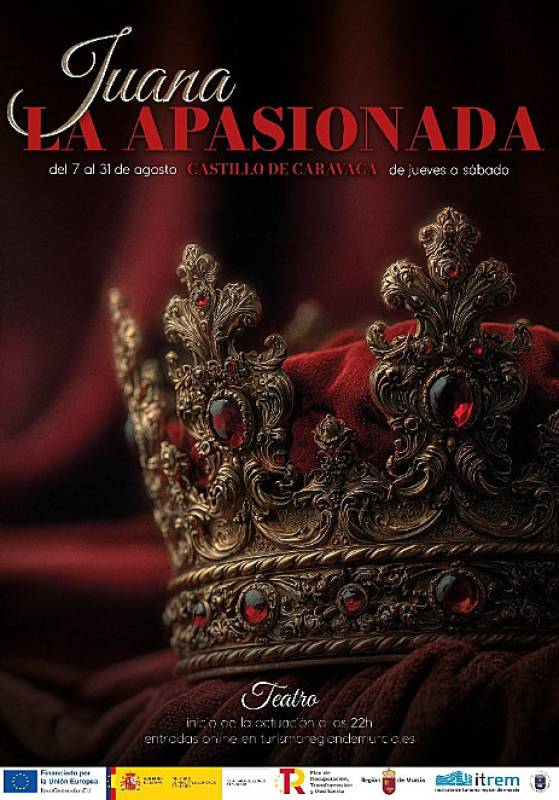

Guidelines for submitting articles to San Javier Today
Hello, and thank you for choosing sanjavier.today to publicise your organisation’s info or event.
San Javier Today is a website set up by Murcia Today specifically for residents of the urbanisation in Southwest Murcia, providing news and information on what’s happening in the local area, which is the largest English-speaking expat area in the Region of Murcia.
When submitting text to be included on San Javier Today, please abide by the following guidelines so we can upload your article as swiftly as possible:
Send an email to editor@spaintodayonline.com or contact@murciatoday.com
Attach the information in a Word Document or Google Doc
Include all relevant points, including:
Who is the organisation running the event?
Where is it happening?
When?
How much does it cost?
Is it necessary to book beforehand, or can people just show up on the day?
…but try not to exceed 300 words
Also attach a photo to illustrate your article, no more than 100kb

August 2025 Historical drama in Caravaca about Juana la Loca, the supposedly mad queen of Spain
Juana la Apasionada proposes an alternative theory about the Queen who reigned for 39 years but was never freed from confinement
 Queen Juana I of Castilla, is perhaps most easily identified for those who know more about British than Spanish history as the elder sister of Catherine Aragon, the first wife of Henry VIII, but in Spain she is at least as famous as her sibling mostly due to her unfortunate nickname of “Juana la Loca” (Juana the Mad).
Queen Juana I of Castilla, is perhaps most easily identified for those who know more about British than Spanish history as the elder sister of Catherine Aragon, the first wife of Henry VIII, but in Spain she is at least as famous as her sibling mostly due to her unfortunate nickname of “Juana la Loca” (Juana the Mad).
Whether she was actually insane or not is a matter fiercely debated by historians, but the fact is that after she inherited the throne in 1516 following the death of her husband, Felipe II of Aragón, she was remained in confinement (where she had been since 1509) until her death 39 years later. For this reason she was queen only in name, the reins of power being handed first to her father and then to her son, Carlos I.
The official reason for her confinement in the castle of Tordesillas and others was that she was both physically and mentally impaired, her condition being variously described as melancholy, severe depression, psychosis, schizophrenia and others, most of these conclusions having been reached centuries after her death.
But whatever her condition, it is hard to believe that being imprisoned for 46 years by her own family, and probably being maltreated by her custodians, cannot have had a beneficial effect, and this dramatization at the castle of Caravaca de la Cruz represents a counter-theory that she should be known as “Juana la Apasionada”, or Juana the Impassioned. One cornerstone for this argument concerns her behaviour after the demise of her husband, when she stubbornly refused to leave the side of his coffin as it was transferred from Burgos to Granada so that his remains could lie alongside those of his mother (except for his heart, which was sent to Brussels!).
Another theory is that her madness was simply invented by her father, Fernando el Católico, so that he could assume power following the death of Felipe. All of these theories remain unproven, largely because Fernando and Carlis were suspiciously careful to destroy all documentary evidence including their own correspondence.
The performances at Caravaca castle take place every Thursday, Friday and Saturday during August, starting at 22.00. Tickets are priced at 12 euros (11 euros for children) and are available online here.
For more local events, news and visiting information contact the tourist office and information points or go to the home page of Caravaca Today.







